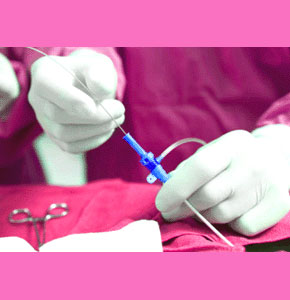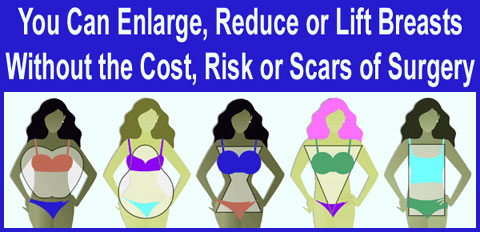
Varicose veins can be a minor aesthetic issue, or a major health complication, depending on the circumstances and severity of the condition, as well as several factors relating to the patient’s lifestyle and general health. Veins that are described as being varicose have developed abnormal qualities in their form and function and are one of the most common of all venous and arterial abnormalities treated in the medical system. Although most cases are not serious, it is always a good idea to have any abnormal venous condition checked by a qualified phlebologist.
This report examines the causes and symptoms of problematic veins and arteries.
Varicose Veins Defined
A varicose condition describes veins that have problematic functional issues with the interior valves, which regulate the direction of blood flow.
Veins are supposed to flow in a single direction, towards the heart, with specialized valves preventing blood from moving the wrong direction, despite the influence of activity and gravity.
In a varicose condition, these valves are not working correctly, allowing blood to pool and even reverse its normal flow.
The result of these valve malfunctions varies depending on many factors. However, it is almost universal for veins to enlarge and swell, becoming more prominent and possibly experiencing a variety of troublesome behaviors.
Problematic Vein Symptoms
Varicose conditions present individualized symptoms in every patient, depending on the extent of value dysfunction and other patient-specific circumstances, such as weight and activity level.
Here are many of the usual expressions of a varicose pattern, including common and rare symptomatic occurrences:
Swollen visible veins and possible surrounding spider vein formation.
General leg swelling and heaviness.
Skin discoloration around affected area including reddish, brownish stains or white patches, called atrophie blanche.
Itchy or painful skin around veins which may flake off or ulcerate. This is called stasis dermatitis and venous eczema.
Uncontrollable leg spasms or restless leg syndrome in affected regions.
Shiny appearance to surrounding skin and occasional tightening of skin, especially near ankle.
Hardening of soft tissues, especially fatty areas near venous swelling.
Cure for Problematic Veins
Minor varicose conditions present a mostly aesthetic concern and are easily treated.
Moderate cases may be painful and create a heavy and fatigued feeling in the legs, especially after continued activity or standing in one place.
Severe cases will present probable venous injury, severe skin irritation, possible minor ulceration of tissue and increased risk for superficial thrombosis.
Extreme cases of varicose conditions can become truly dire health issues, featuring such symptoms as fatty tissue necrosis, deep vein thrombosis and possible pulmonary embolism.
Make sure to treat varicose conditions early, in order to prevent them from posing any significant risk to your health and always try to minimize the risk of recurrence through lifestyle changes, such as losing weight, using compression hose and staying active.



